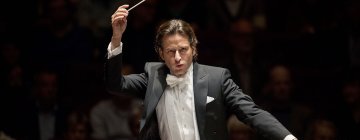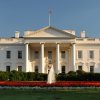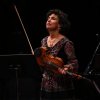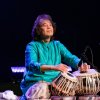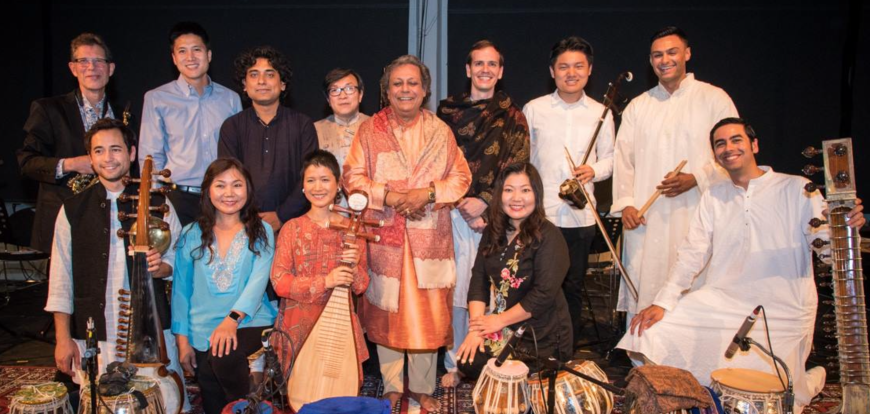
In its 23 years, the San Francisco International Arts Festival has become a rare entity: a project that has brought countless artists from around the world to share ideas and visions with local creators, enriching them and the audiences they entertain. The festival’s core values center on cooperative relationships and a commitment to presenting underrepresented voices and broadening the definition of community. This year’s 12-day event features more than 50 soloists and ensembles in over 100 concerts and performances, lectures, workshops, and educational activities.
Located in multiple venues in the Mission District, the 2025 festival brings together more than 40 Bay Area artists, joined by guests from Australia, Canada, Estonia, Japan, Northern Ireland, and Poland. Following tradition, SFIAF is offering fluid ticket pricing — ranging from free to $50 — as well as passes for multiple events and a promise that no one will be turned away for lack of funds.

One of the established Bay Area groups participating is Melody of China, whose “Mystic Harmonies” concert is scheduled for May 11 at the Community Music Center. The Chinese ensemble, founded in 1993, will collaborate with Indian tabla master Swapan Chaudhuri and his Ali Akbar College of Music Ensemble in a world premiere composed by Chaudhuri, along with other works.
Yangqin Zhao, Melody of China’s executive and artistic director, said in a phone interview that the new work, after which the concert is named, is a fusion of Chinese and Indian melodies. Sections devoted to improvisation allow musicians to expand upon the piece’s diverse foundations.
“We will have 14 musicians playing,” Zhao said. “We’re still waiting for the score, but I don’t worry about it. We have so many ethnic groups in San Francisco, and we do many collaborations, and it is never a problem.”
Even so, performing music from other cultures and traditions on Chinese instruments is often preceded by a complex back-and-forth dance. The Indian musicians asked Zhao and members of the group about matching the tablas’ tuning to the Chinese instruments’ tuning.
“They will have three tablas, one flute, a fiddle, and two other drums. Every instrument is different. The tabla is deep, rhythmic. There are our strings that are like people singing. We can follow them, except for the separate scale styles and chords they play. [Conversely] they cannot play all of our styles and tones,” she said.
Although most Chinese music follows a pentatonic scale, Zhao finds special pleasure in introducing less familiar music from Chinese ethnic groups whose traditions are based on alternative scales. “We will have [music from the region of] Xinjiang, which has seven notes, a little like Middle Eastern music. It’s singular. It’s also easier for the Indian players to improvise with us because this music is familiar to them. Xinjiang [style] is dance music, very rhythmic, very happy.”
Zhao is from the Xinjiang region and performs on the yangqin, the hammered dulcimer after which she was named. “My parents were musicians. My father named all three of his daughters after instruments.”
In addition to the premiere, the concert includes the national anthem of the United States. “We’re performing May 19 at the San Francisco Giants game,” Zhao said. “We wanted to show people, one week before we play at Oracle Park, how we play it using Chinese instruments.”
